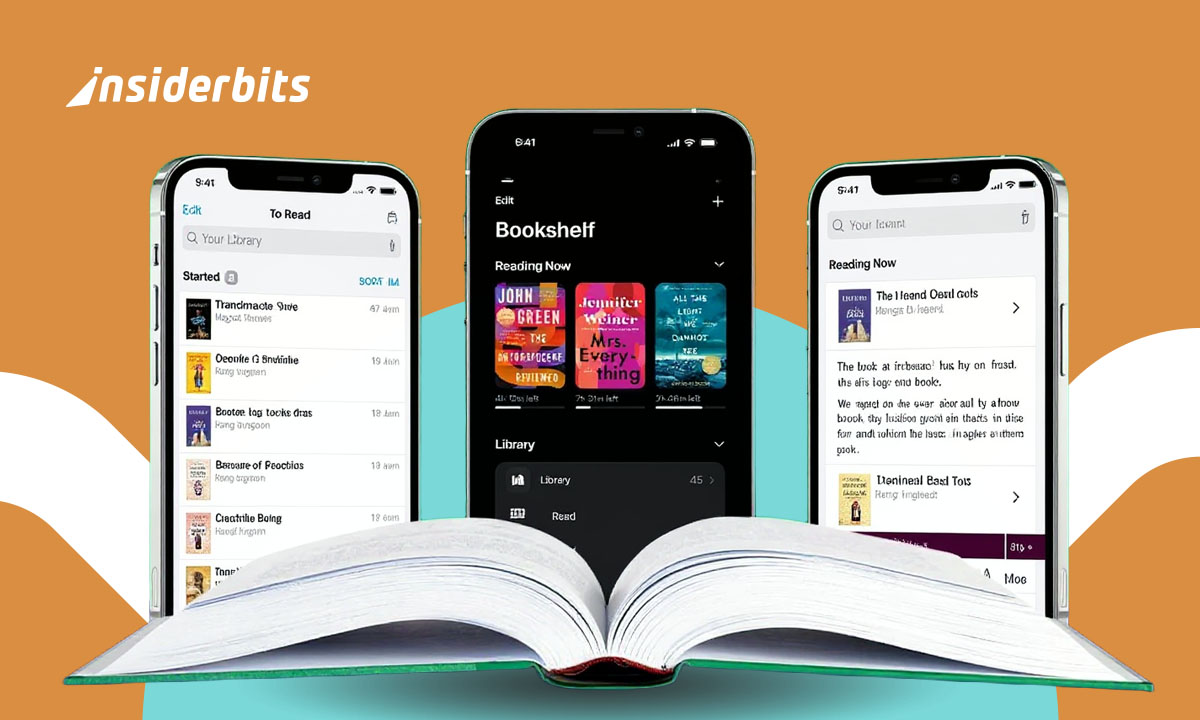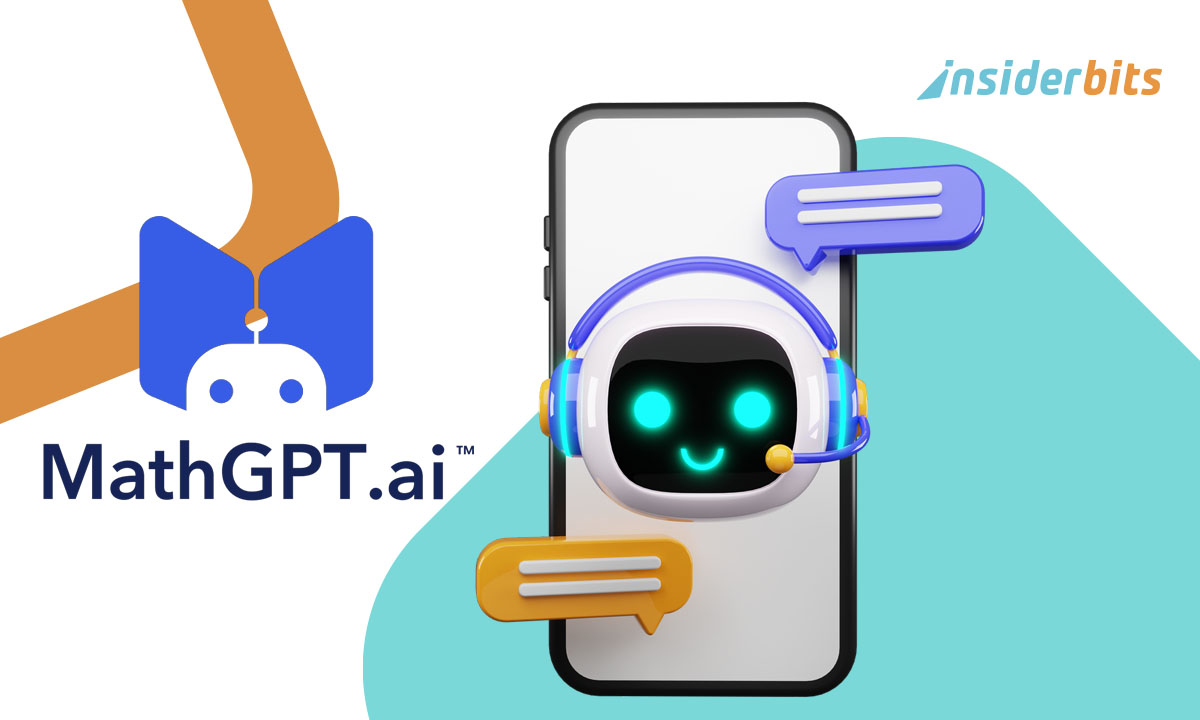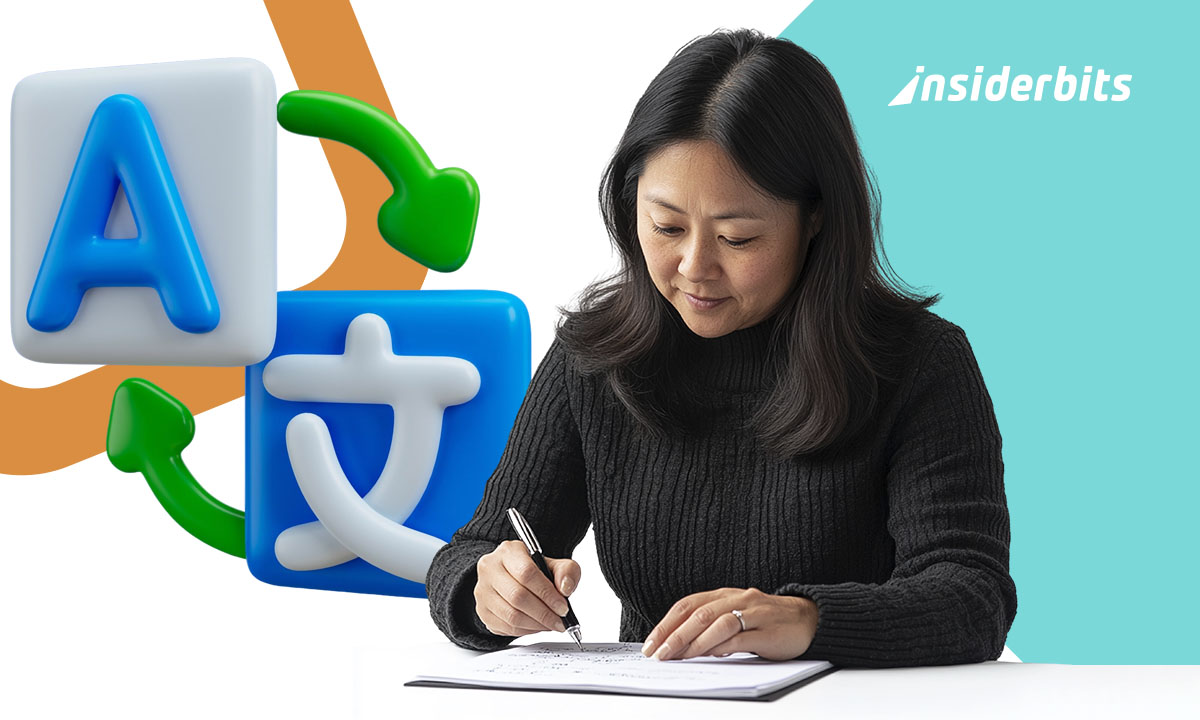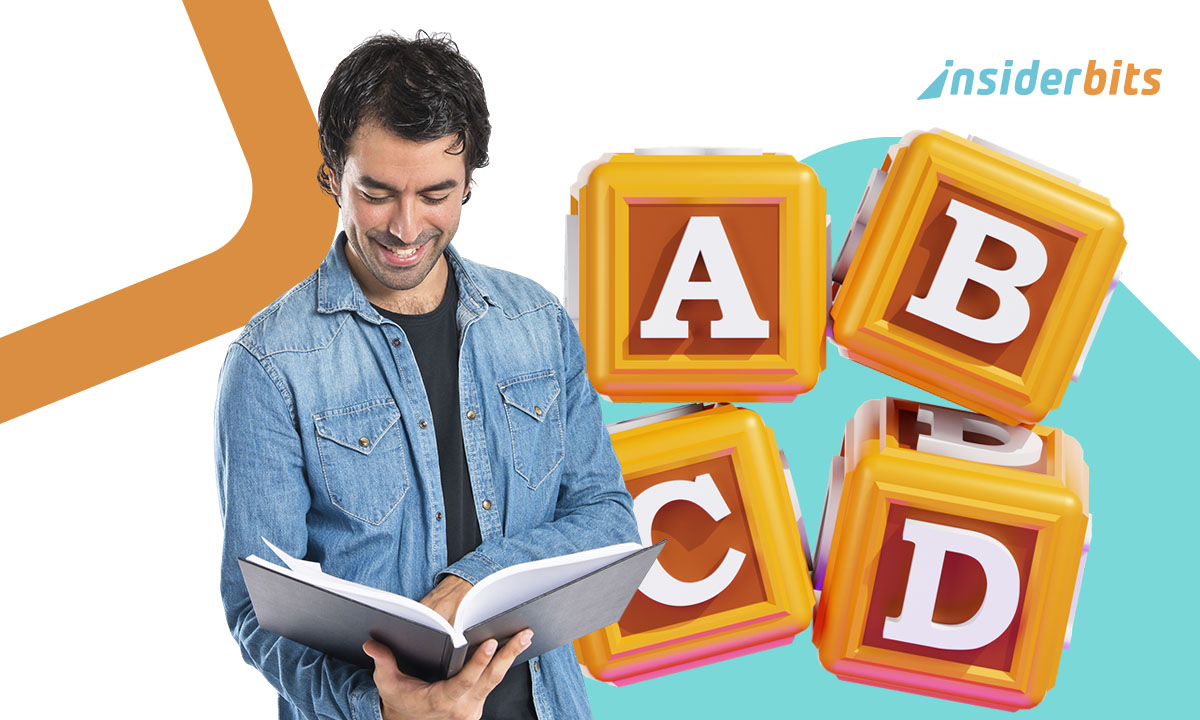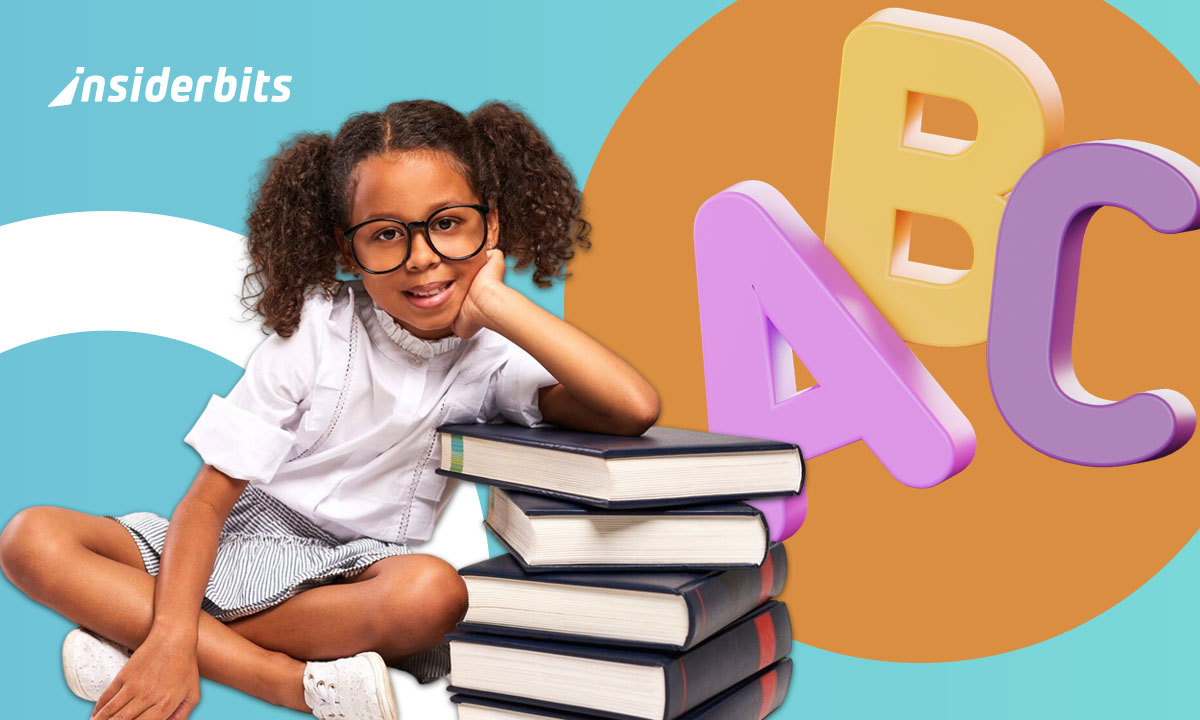Reading as an adult can already feel like an uphill sprint after a long day. Add dyslexia to the mix, and it can feel more like climbing Mount Everest with flip-flops. But here’s the good news: technology finally caught up with empathy. The internet is full of tools that make reading, writing, and learning genuinely accessible.
You don’t need to struggle through dense pages anymore. From audiobooks to smart fonts and guided lessons, there’s a growing world of dyslexia-friendly resources designed to help adults read better, learn faster, and feel more confident in their skills. Start learning with dyslexia-friendly tools now. Make reading easier — try Dyslexia Quest today.
- Meilleures applications durables pour une vie respectueuse de l'environnement
- Learn English with Minecraft: 3 kid-friendly ways
- Les meilleures applications d'astronomie adaptées aux enfants pour les jeunes explorateurs
Dyslexia-friendly resources you can use today
Accessibility is no longer a niche demand; it’s becoming standard. Whether you’re revisiting your studies, trying to upskill for work, or just want to enjoy a novel without the frustration, there’s something out there for you.
Here are a few standout dyslexia-friendly resources every adult learner should know:
- Learning Ally Audiobooks;
- AbilityNet’s accessibility guides;
- Read & Spell programs;
- LDA America’s educational tools.
Each of these platforms approaches dyslexia differently. Learning Ally focuses on reading through listening, giving users access to thousands of human-narrated books that sound natural and engaging.
Read & Spell combines reading and spelling lessons in short, bite-sized activities that don’t overwhelm.
And if you’re a tech-savvy learner, AbilityNet curates assistive technologies and free software that make your screen — and your reading experience — work for you.
Step-by-step: how to learn with accessible tools
Finding a dyslexia-friendly resource is one thing; knowing how to use it effectively is another. Here’s a simple guide to start learning in a way that feels easier and more sustainable:
- Start with audio-first learning: listening can help you grasp concepts faster without the visual fatigue that often comes with reading. Audiobooks or text-to-speech tools are great entry points;
- Experiment with fonts and backgrounds: many apps now offer special dyslexia-friendly fonts and customizable color contrasts. Play around until you find what feels most comfortable for your eyes;
- Keep sessions short and focused: learning in bursts of 15–25 minutes can improve retention and reduce stress;
- Use progress trackers and guided exercises: structured feedback makes learning measurable and keeps motivation alive;
- Celebrate small wins: every new word, paragraph, or finished chapter counts. Progress is progress.
These actions might seem straightforward, but the magic happens when you follow them consistently. It’s not “too late” to improve reading or comprehension skills, despite what adults frequently believe.
It’s proven that it is possible to succeed with the correct dyslexia-friendly resources.
If you’re interested in strengthening your literacy further, you can explore adult learning apps that blend accessibility with practical language exercises.
Key features to explore today
Let’s talk features, small details that make a big difference. Bigger fonts and read-aloud options are only one aspect of dyslexia-friendly tools; another is designing an environment that complements your brain’s natural rhythm.
Here are the key features you should look for in any resource you try:
- Dyslexia-specific fonts: these fonts use heavier bottoms and wider letter spacing to prevent characters from “dancing” on the page;
- Adjustable backgrounds and contrast: you can switch between cream, pastel, or dark themes to reduce glare and visual stress;
- Text-to-speech and audiobooks: hearing words as you read them reinforces comprehension and helps with pronunciation;
- Guided lessons and feedback: progress tracking and personalized reports help learners stay aware of growth areas;
- Cross-device access: many tools now sync across web, Android, and iOS, meaning your progress follows you everywhere.
One of the standout options that checks all these boxes is Learning Ally Audiobooks — a platform (available for Android et iOS) made for people who learn best through sound.
4.7/5
With thousands of books narrated by actual people, the app gives you the depth, feeling, and cadence that text alone cannot provide.
Additionally, it highlights the words as they are spoken, which is a subtle yet effective method of improving visual recognition and maintaining your attention.
Another hidden gem? Dyslexia Scotland’s resource page, which offers a growing list of software, browser extensions, and study aids recommended by professionals.
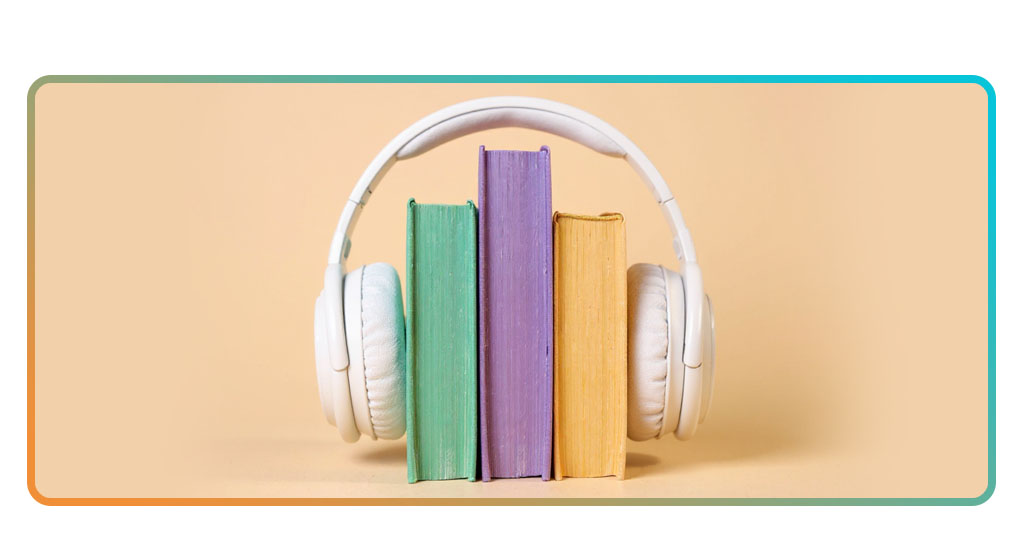
Why dyslexia-friendly tools matter
It’s easy to assume that reading struggles fade after school. But for many adults with dyslexia, the challenge never disappears. It simply becomes a quiet, daily frustration.
That’s why dyslexia-friendly tools matter so much. They not only make reading simpler, but also help people regain their independence and self-confidence.
Imagine being able to finish a report at work without rereading every line five times, or finally diving into that novel you’ve avoided for years because the pages looked overwhelming. That’s the real-world impact of accessible learning design.
The goal of these tools is to eliminate needless obstacles, not to lower standards. Although technology cannot “cure” dyslexia, it can significantly change the way you process information.
For educators, adopting dyslexia-friendly platforms means giving adult learners a fair chance. And for learners themselves, it means rediscovering the joy of reading without the exhaustion.
Final thoughts
Reading should be empowering, not exhausting. Dyslexia-friendly resources bridge that gap — turning what used to feel like a struggle into a skill you can actually enjoy using.
If you’re an adult living with dyslexia, remember this: accessibility tools aren’t “cheats”. They’re strategies. The same way glasses correct vision, these tools help you see language more clearly.
So take the first step. Download a dyslexia-friendly app, tweak your font settings, or listen to your favorite book instead of reading it. Never mind doing things in the “normal” way — do them in yours.
